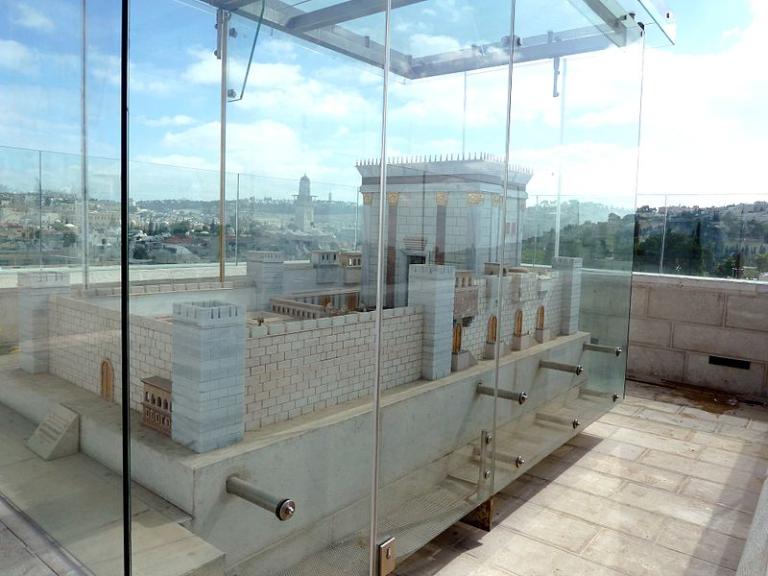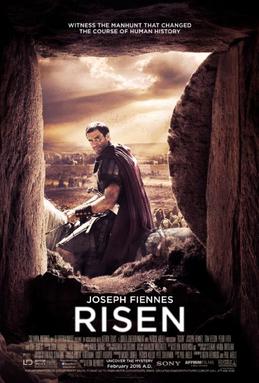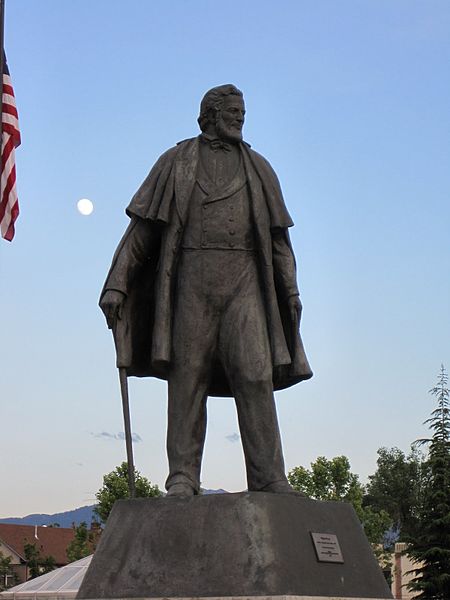
(Wikimedia commons public domain photograph)
But, first, there’s been some recent activity on the website of the Interpreter Foundation, and I should call your attention to it. Here are three new links:
“Conference Talks: “Let the Beauty of the Lord our God be Upon Us”: The Role of Visual Aesthetics in Ancient Israel’s Temple Worship,” presented by Dan Belnap
This talk was given at the 2014 Temple on Mount Zion Conference, sponsored by the Interpreter Foundation.
As he does every week, Jonn Claybaugh a concise set of helpful notes for participants in the “Come, Follow Me” curriculum of the Church of Jesus Christ of Latter-day Saints.
The New Testament in Context Lesson 9: “He Taught Them as One Having Authority,” Matthew 6 and 7
In the 29 January 2023 Come, Follow Me segment of the Interpreter Radio Show, Martin Tanner and Terry Hutchinson discussed New Testament lesson 9 on Matthew 6 and 7, “He Taught Them as One Having Authority.” Their discussion is now archived, available, and easily accessible for your listening.
The other segments of the 29 January 2023 radio show can be accessed at https://interpreterfoundation.org/interpreter-radio-show-january-29-2023.
The Interpreter Radio Show can be heard weekly on Sunday evenings from 7 to 9 PM (MDT), on K-TALK, AM 1640, or you can listen live on the Internet at ktalkmedia.com.

Hallelujah! I regret that it was even necessary for the First Presidency to issue such a directive, but I’m deeply grateful that they have issued it. I’ve attended a few sacrament meetings in the past where, apart from singing Easter-related hymns, the program was indistinguishable from a service on any other Sunday of the year. That has never gone over well with me. Moreover, I’ve mused, a non-member of the Church might well almost be justified in wondering, after attending such a meeting, whether we’re really Christians as we say we are.

Once again, in connection with the Interpreter Foundation’s pending “Six Days in August” film project, I’ve lately been re-reading Thomas G. Alexander, Brigham Young and the Expansion of the Mormon Faith (Norman: University of Oklahoma Press, 2019). I’m scheduled to sit down with Professor Alexander, a longtime friend, for a filmed interview toward the end of this month. I’m very much looking forward to it.
In the meantime, I ran across this anecdote earlier today:
“[Brigham Young brought] to the Lord concrete and urgent feelings, even hostile ones. His prize saddle was misplaced or did not hang properly, and the horse trampled it into shreds. He sharply rebuked the neglectful man and then made a beeline for the bedroom where he said (someone overheard him), “Down Brigham.” Then he knelt and prayed, ‘Lord, I’m sorry. I was angry. Take my anger away and help me to do better next time.’
‘When I am angry,’ he said to a friend, ‘the first thing I do is pray.’
“Some of us have been taught that should be the last thing we do, that we should soak our head in a bucket and then pray. “I never am so angry but that I can pray,” said Heber C. Kimball (JD 3:231). And as for the related emotions, the same holds true.” [Truman G. Madsen, “Souls Aflame: The Prayer Heritage of the Latter-day Saints,” 8 November 1983)
I first heard the story orally, many years ago. I’m pretty sure that I heard it from Hugh Nibley, who said that he had been told it by Brigham Young’s last surviving daughter. There were, in that telling, some additional details, and this is how it went:
Brother Brigham had a prize leather saddle that he really liked. He told his children that they could use any of the other saddles in the barn, but not that one. So one day, of course, while he was out, the children decided to use precisely that saddle. But they couldn’t get it properly onto the horse or pony. It fell off, into the mud, and was a bit scratched up. When Brigham came home, he saw what had happened. He was furious. He scolded the children severely, angrily grabbed the saddle and placed it back where it belonged, and stomped off to the Beehive House, slamming the door behind him. Then he slammed an interior door behind him. The little girl who eventually told the story to Hugh Nibley was there, and she followed her father into his residence. She went to his door and placed her ear against it. From within, she heard her father speaking to himself: “Down on your knees, Brigham,” he said. “Down on your knees!”
Whether those additional details are true, I can’t say. But that, I’m quite sure, is how the story was told to me.

Perhaps some of you haven’t already listened to this talk by my friend and former neighbor Joseph Grenny, which has been up on the Interpreter Foundation’s YouTube channel for about two months now. If you haven’t already watched it, I think you’ll enjoy it and be benefited by it: “Are We Losing?: A Gospel Perspective on Imperfect Families”

(Wikimedia Commons public domain photograph)
And, last but not least, here’s something deliciously dreadful from the Christopher Hitchens Memorial “How Religion Poisons Everything” File. Read it and weep:
“A fresh start: Do faith-based programs work to rehabilitate criminal offenders?”
(By the way, it also includes Joseph Grenny.)











